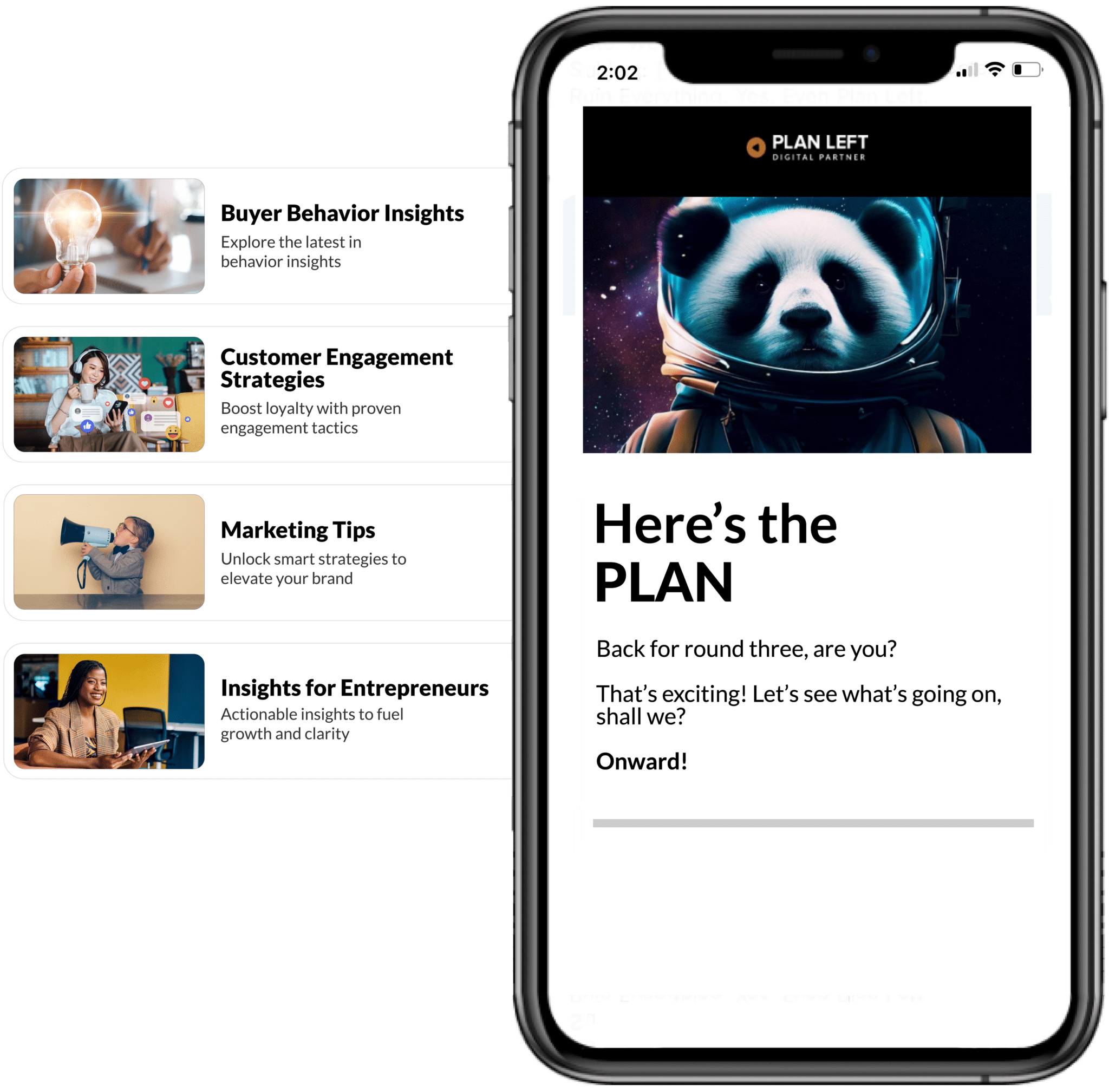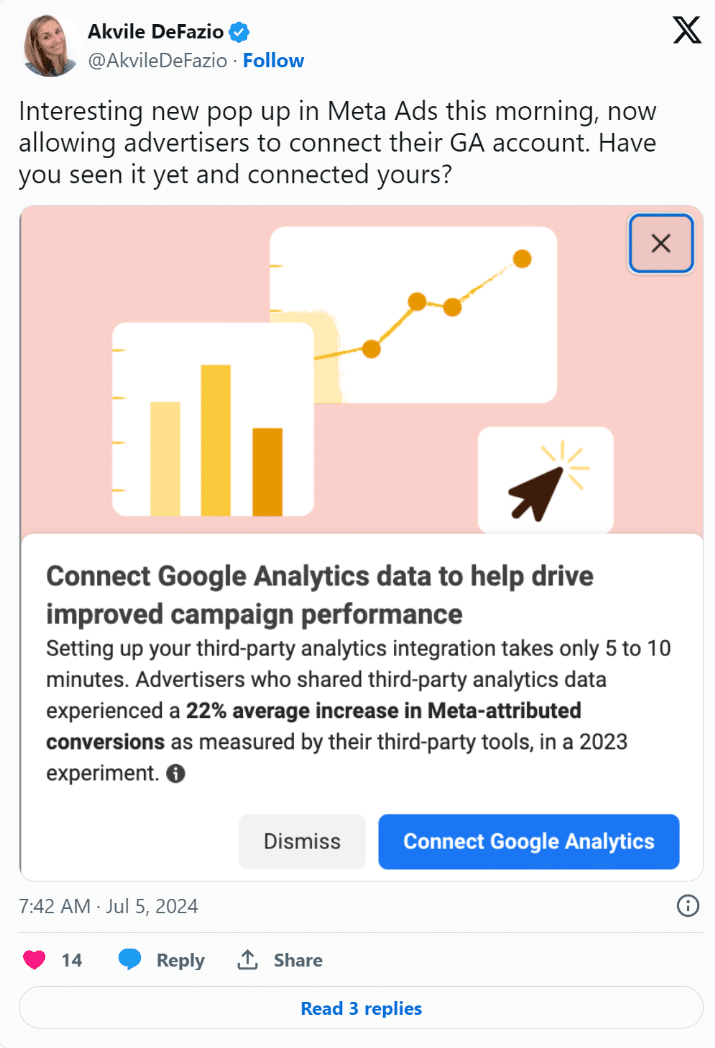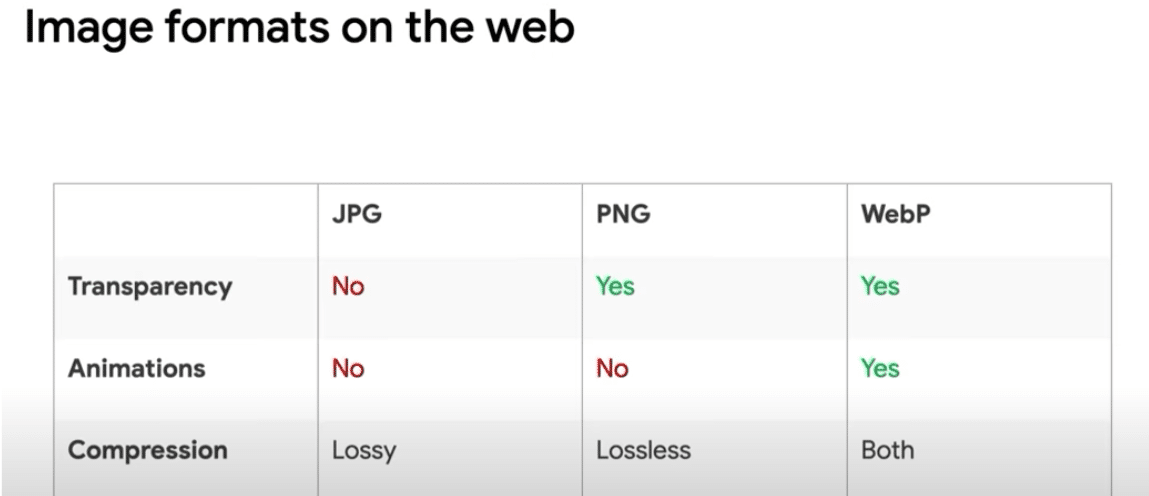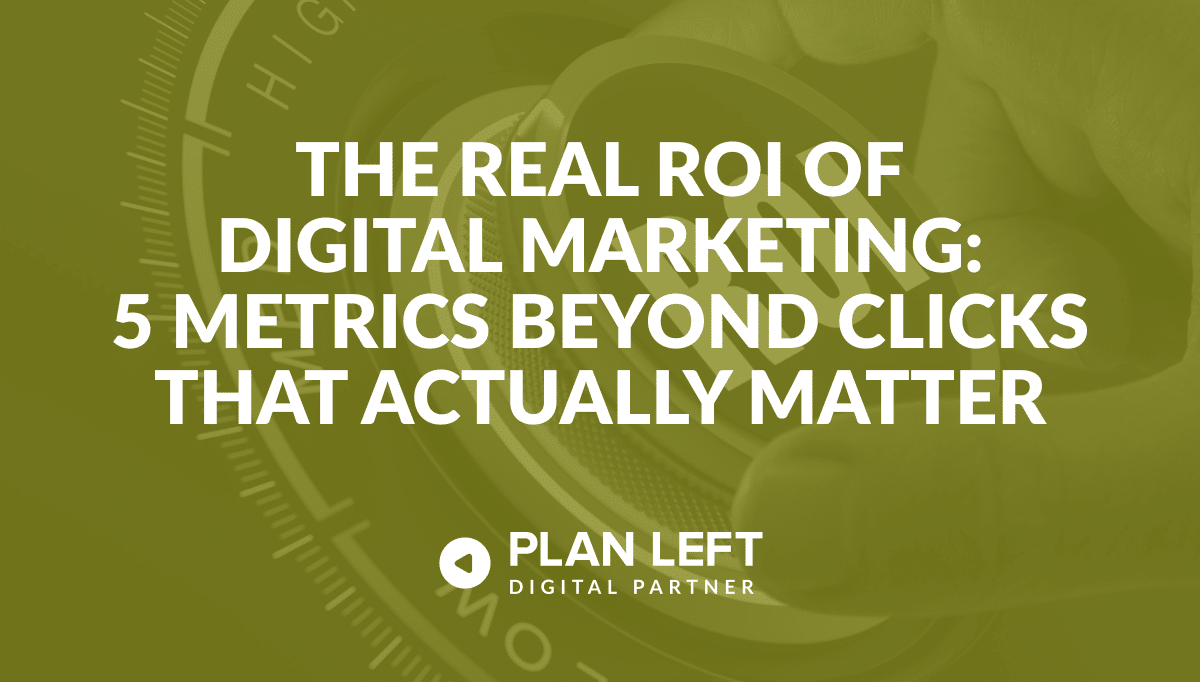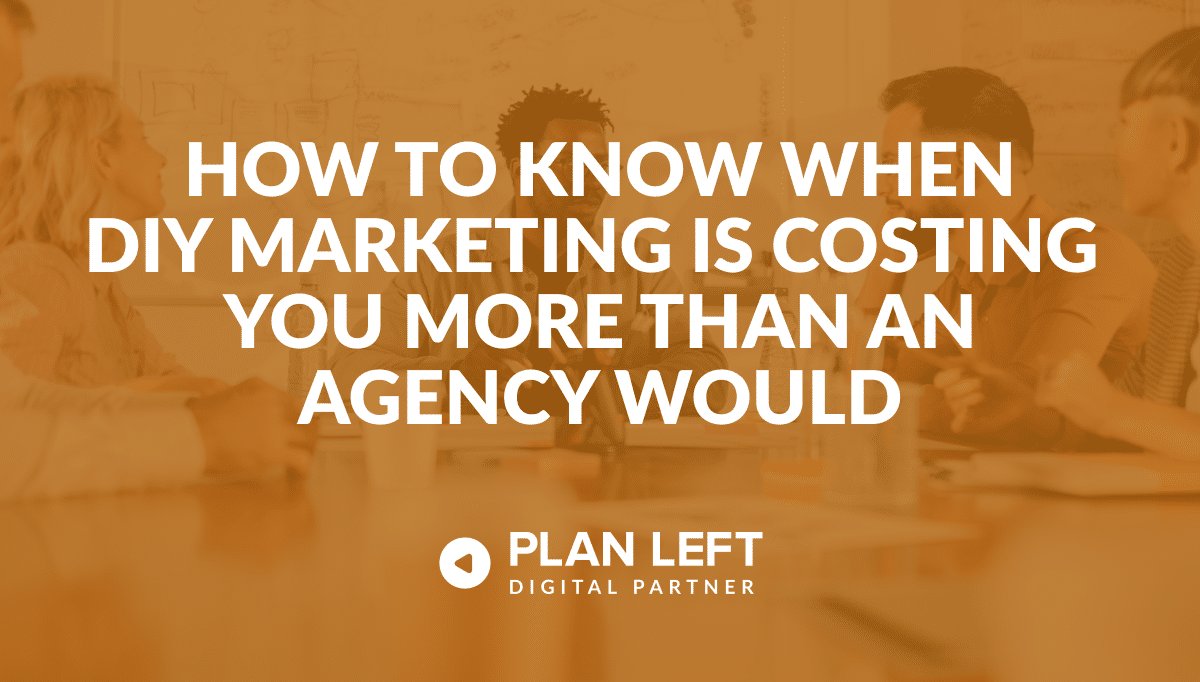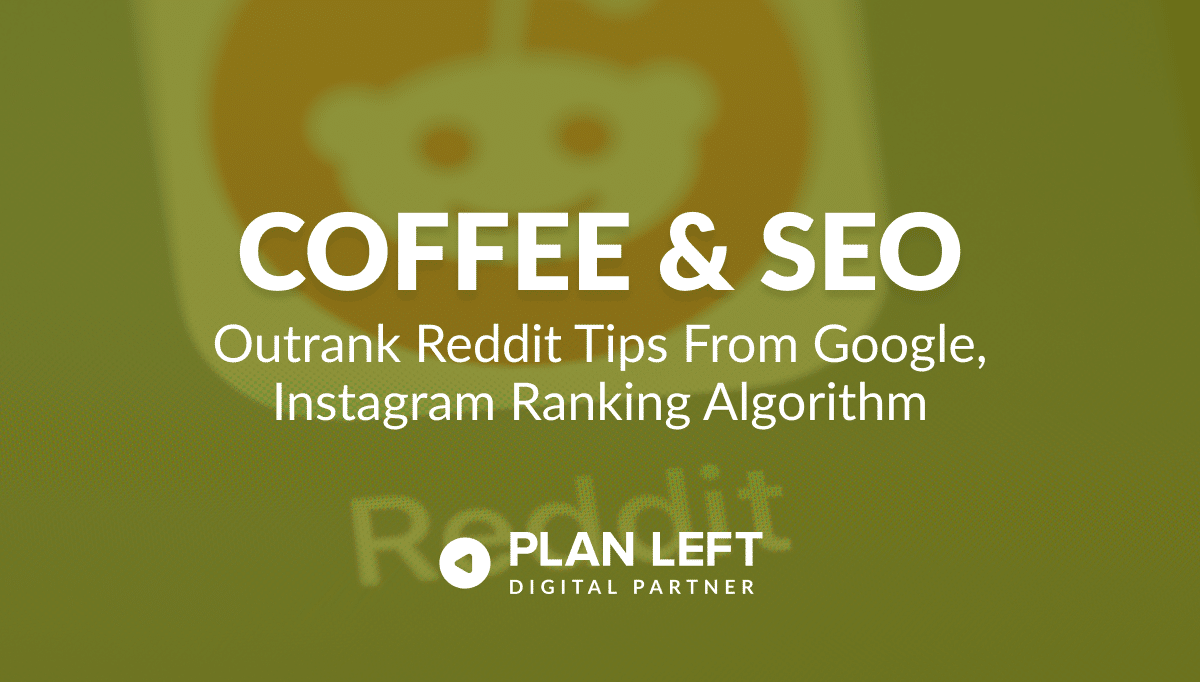
Google’s Gary Illyes recently shared insights on how to rank above Reddit and big brands in search results, while Instagram’s algorithm shift reinforces the importance of “shares” in content ranking. Let’s explore this week’s SEO news.
Google’s Gary Illyes Talks Out Ranking Reddit
There have been several callouts around Reddit monopolizing search results as of late. When given the opportunity during the SERP Conference, Google’s Gary Illyes was asked: What can be done to take on Reddit and other big brands in the SERPs?
Gary first responded by saying this is not a one-off or a new phenomenon with a new entity dominating the SERPs. This has happened before with websites like About.com or Amazon when they first came to popularity.
The SERPs are always changing. There’s always a new popular website coming around.
Take Advantage of Long-Tail Keywords
During the SERP Conference, Gary also revealed that Google sees 15% or more new long-tail keywords every single day. That’s a lot of potential traffic up for grabs. But what are long-tail keywords? If you said keywords with lots of words in them, you, along with many others, would be wrong.
Somewhere along the way, the definition of long-tail keywords got skewed and Gary addressed that by clarifying that long-tail keywords are low search volume terms, regardless of how many words are included in the query.
For example:
- “What is search engine optimization seo” – search volume 2400
- “What is seo or search engine optimization” – search volume n/a
In this instance, “What is seo or search engine optimization” would be our long-tail keyword.
Tips for Ranking Above Reddit and Big Brands
Long-tail keywords aren’t the only way to improve your opportunity to take the top of the search results. There are other ways to stay in the fight:
- Be a Trendsetter – Instead of waiting for others to figure out how to compete, be proactive and develop your own strategies. Remember, if you wait too long, you might miss the boat. You know your target buyer. What would make you buy? Use that!
- Embrace Empathetic Marketing – Gary mentioned this as one of the most inspiring approaches he’s seen. Think about how you can connect with your audience on a deeper level. Environmentally friendly packaging? Mention it. Support wildlife conservation? Blog about it. Share what your brand is emotionally connected to, and your buyers will connect with you.
- Leverage Your Agility – Smaller site? You have the advantage of moving quickly and taking bold actions. Bureaucracy often slows big brands down, so use this to your advantage.
- Start Small, Think Big – Begin by targeting long-tail keywords and emerging trends, then gradually build up to more competitive terms. This approach can help you outrank established competitors. Plus, long-tail keywords have a higher ROI because the search intent is more specific and action-oriented — it’s a win-win.
Meta Says to Link GA4 For Improved Ad Performance
Meta asks advertisers to integrate their Google Analytics 4 (GA4) data with their Meta advertising accounts. Based on their experimental data, Meta claims that this integration could lead to a 22% increase in conversions, which could significantly impact campaign ROI. The integration process has been simplified with a new pop-up in the Meta Ads tool where users can connect their GA4 accounts with just a click.
Source: Akvile DeFazio on X
Benefits of Integrating GA4 with Meta
Per Meta, connecting GA4 data to Meta advertising accounts gives insights into how Meta ads influence website traffic and user behavior, cross-platform user journeys, and more accurate conversion attribution. This integration signals a trend towards more comprehensive, cross-platform analytics in digital advertising. Given the deprecation of third-party cookies, this may become pivotal for campaign measurement and optimization.
It’s worth mentioning that the integration allows for better tracking of how Meta ads contribute to overall marketing performance, potentially leading to more informed budgeting decisions.
Limits of Connecting GA4 and Meta
It is important to note some limitations: due to privacy regulations, GA4 cannot track individual users, and its attribution models have constraints, particularly for longer sales cycles. GA4 also does not account for ad impressions, which could potentially undervalue upper-funnel campaigns. As a result of these limitations, some advertisers are turning to specialized (paid) attribution tools for more comprehensive tracking.
Pro Tips for Faster Images By Google Search Central
Martin Splitt takes on image formats in a recent Google Search Central video, sharing tips and best practices on optimizing images for the web to improve website performance. He presents four key tips to enhance image usage.
First, he advises considering the right image format, suggesting newer options like WebP or AVIF alongside classics such as JPEG, PNG, and GIF. Tools like squoosh.app can help compare formats and settings.
Source: 4 Tips for Faster Images on Your Website
Second, Splitt emphasizes the importance of compression, recommending compressing images as much as possible without significant quality loss. While this process can be automated, he cautions that some images might require manual fine-tuning.
The third tip focuses on responsive sizing. Splitt suggests using smaller, more compressed images for small screens and larger, higher-quality images for bigger displays. This can be achieved using the <picture> element or srcset attribute, allowing browsers to select the most appropriate image. He also mentions the possibility of adding structured data to inform Google about different image versions.
Lastly, Splitt discusses lazy loading, recommending its use for images that aren’t immediately visible upon page load. This technique reduces data transfer for images that users may not see if they don’t scroll far enough. The loading=”lazy” HTML attribute can be used for this purpose in modern browsers.
The goal is to improve website speed and performance, which are Google ranking factors while maintaining appropriate image quality across different devices and contexts (e.g., mobile, tablet, and desktop).
Watercooler Highlights
Instagram takes a page from Google’s playbook and updates its algorithm to focus ranking around content and shares. And, again, Google speaks out on toxic backlinks, but this time, it calls out the ‘why’ they don’t matter with the Penguin update.
Instagram Ranking Dependent on User Shares
Instagram is making changes to its algorithm, focusing on promoting original content and giving smaller creators more visibility. The new algorithm prioritizes content users are likely to share directly through direct messages (DMs), a metric known as “sends per reach.”
One of the major updates is the removal of aggregator accounts from recommendations. Instagram will now exclude accounts that frequently share unoriginal content from being recommended, except for those with licensing agreements. Additionally, reposted content will be labeled to direct users to the original creators so that the original content creators receive credit and traffic.
The algorithm also highlights posts from smaller, newer accounts. These accounts will receive more initial reach, with the potential for wider sharing based on engagement. This change is meant to level the playing field, giving smaller creators a better chance to reach new audiences.
Instagram has also adjusted its ranking system to show content first to a small audience of non-followers. If the content performs well, it will then be shown to a broader audience in an attempt to promote fairer competition between accounts with varying follower counts.
For content creators and businesses, these changes may mean that the focus of your content, if not already there, should be on creating engaging, shareable content that appeals to a broader audience while maintaining your unique brand voice and not excluding your target buyer.
Stop Worrying About Toxic Backlinks
Google’s Gary Illyes reaffirms that toxic links do not matter, reminding us that since 2016, the Penguin update has been a real-time algorithm that ignores low-quality links so that they do not negatively impact our websites’ rankings.
This works by evaluating the context of the linking and target sites. If the topics do not match, Google disregards the link. This means that links from irrelevant or low-quality sites (e.g., spam or adult content sites) do not pass PageRank signals and, therefore, do not harm the targeted site’s rankings.
Google spokespeople have spoken out before about toxic backlinks. Google’s John Mueller also stated that toxic links are a non-issue back in May of this year, reaffirming that they should be ignored, even going as far as saying they are made up. John also stated that Google will be removing the disavow tool ‘at some point.’ Bing has already removed this feature.
Bottom line: Focus on content and stop worrying about toxic links coming to your website. Google has algorithms and processes in place to determine whether links are legitimate.
Explore Latest Posts
The Real ROI of Digital Marketing: 5 Metrics Beyond Clicks That Actually Matter Your marketing agency just sent over this ... read more
January 15, 2026
How to Know When DIY Marketing Is Costing You More Than An Agency Would Every founder starts somewhere, and for ... read more
January 13, 2026
5 Signs Your Business Is Ready to Own Its Marketing (Without an Agency) The default assumption in business is that ... read more
December 31, 2025
Essential Strategies for Entrepreneurs
Get Actionable Business Insights & Marketing Tips
Our newsletter delivers real-world strategies from entrepreneurs who’ve been exactly where you are.
Sign up now for:
- Actionable growth strategies that work
- Insider tactics for attracting top talent
- Real-world case studies from successful founders
- Emerging tech trends that drive innovation
- Pragmatic marketing approaches for visionary leaders
